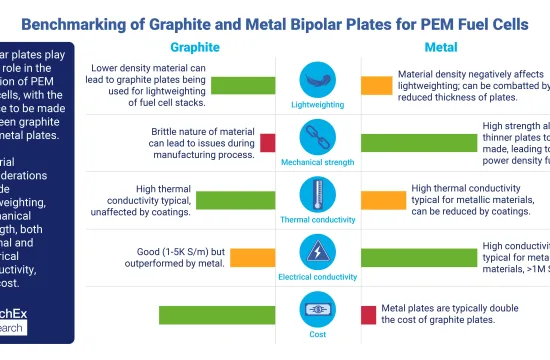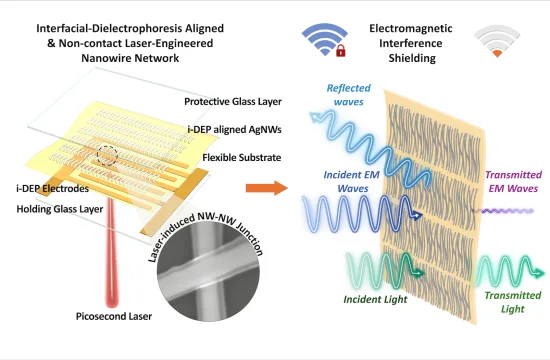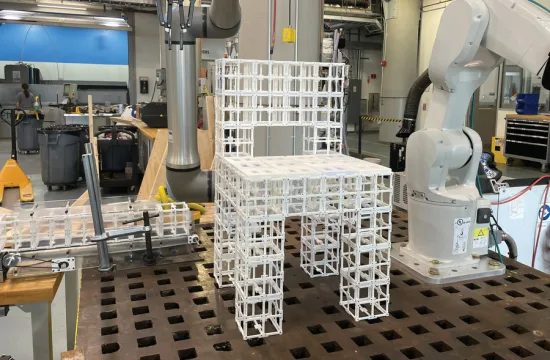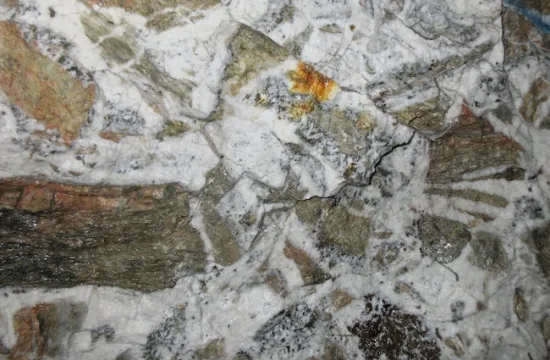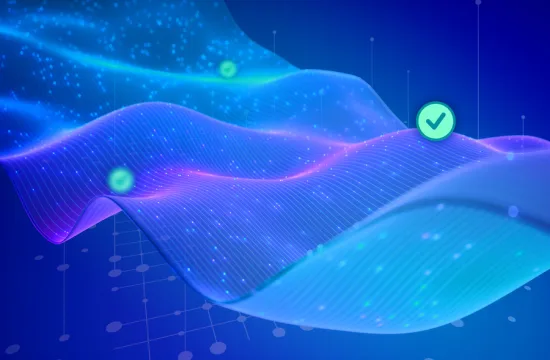Research into porpoise fossils found in Teisho, Hokkaido reveals that early porpoises possessed a long, narrow stout, a beak and experienced a faster rate of physical development, unlike their contemporary equivalents.

Copyright : Waseda University
Research into porpoise fossils found in Teisho, Hokkaido led by Professor Mizuki Murakami of the Department of Earth Sciences, Faculty of Education and Integrated Arts and Sciences at Waseda University reveals that unlike their contemporary equivalents, early porpoises possessed a long, narrow stout, a beak and experienced a faster rate of physical development. Furthermore, this research sheds light on the evolutionary developmental process of vertebrae in porpoises. Fossils discovered in the Koetoi Formation, which has yielded a considerable number of marine vertebrate fossils (eighteen to be exact), suggest that early porpoises were capable of swimming at high speeds similar to dolphins.
Research Article
This research is featured in the Polish paleontology magazine, “Acta Paleontologica.”
“New fossil remains from the Pliocene Koetoi Formation of northern Japan provide insights into growth rates and vertebral evolution of porpoises”


